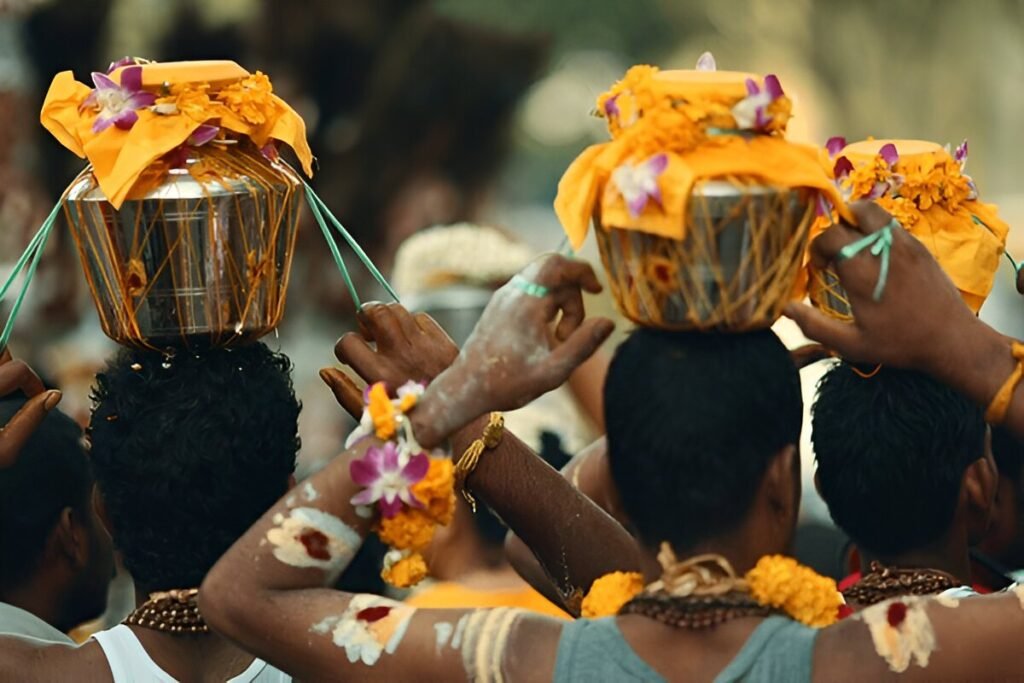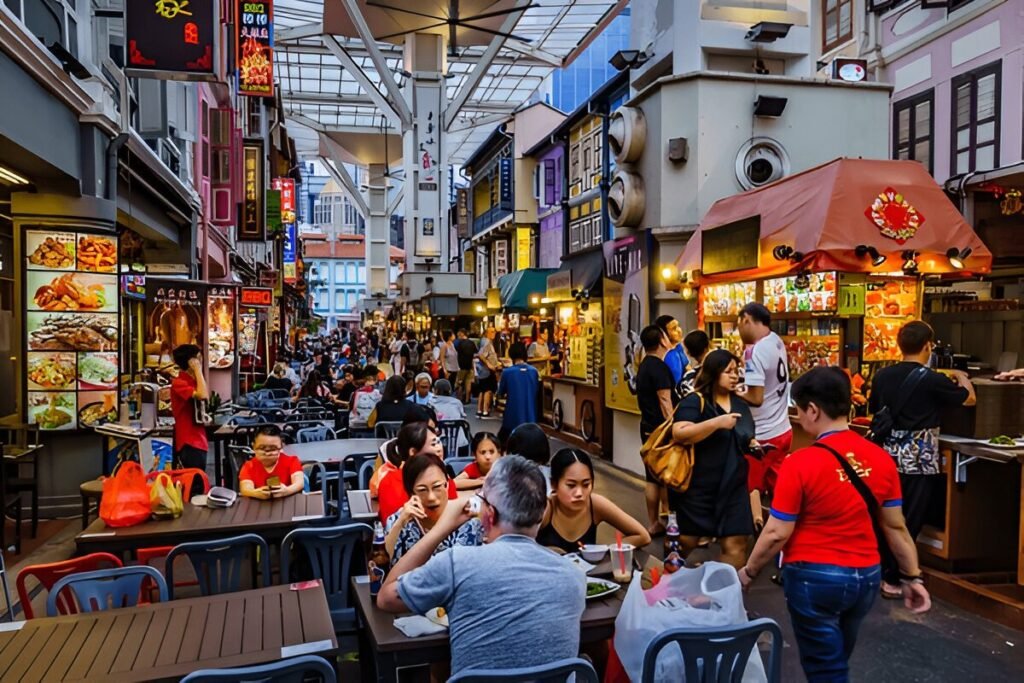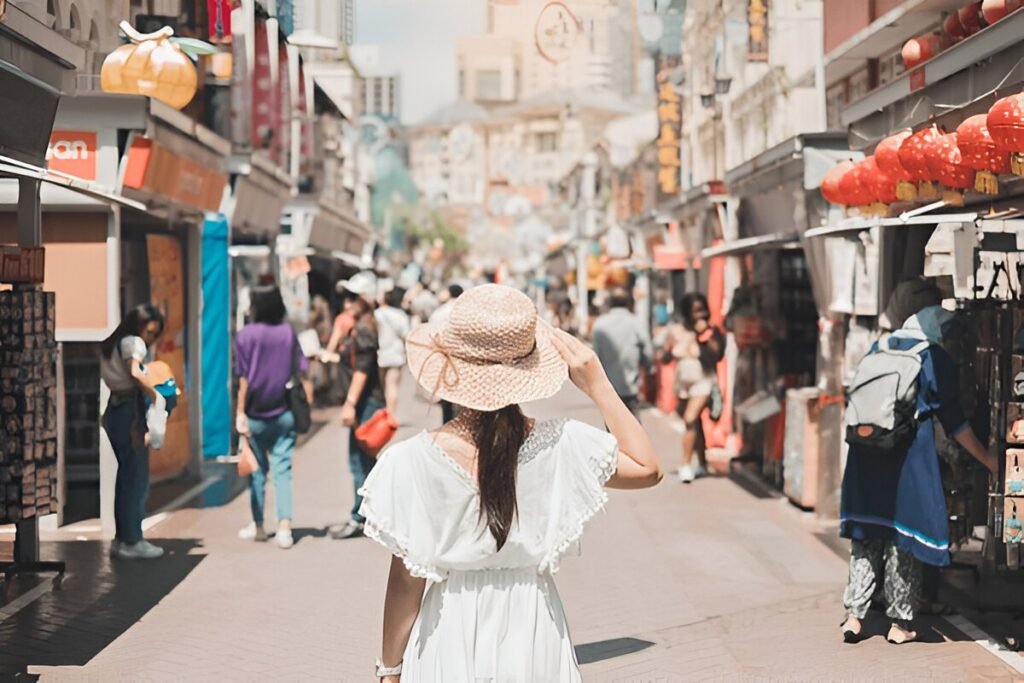Introduction
Singapore is often recognized for its futuristic skyline, bustling economy, and vibrant nightlife, but at its heart, the city-state is a treasure trove of cultural heritage. Its rich history is deeply intertwined with Chinese, Malay, Indian, and Eurasian influences, creating a unique cultural fabric that defines its identity. From historical sites to cultural enclaves and traditional festivals, Singapore offers an immersive experience for those eager to explore its heritage. Let’s take a deep dive into Singapore’s cultural wonders.
The Foundations of Singapore’s Heritage
-
The Melting Pot of Cultures
Singapore’s heritage is shaped by centuries of migration and trade, bringing together diverse ethnic groups who coexist harmoniously. The island’s cultural diversity is reflected in its customs, languages, food, and architecture. Despite rapid modernization, Singapore has preserved its rich traditions through heritage conservation efforts and vibrant cultural celebrations.
-
Colonial Influences
Before becoming an independent nation in 1965, Singapore was a British colony for over 140 years. Colonial rule introduced Western influences, particularly in governance, education, and architecture. Iconic structures like the Raffles Hotel and the Victoria Theatre stand as reminders of this colonial past, blending European aesthetics with local elements.
Must-Visit Heritage Sites
Chinatown: The Heart of Chinese Culture

Chinatown is one of the most culturally significant areas in Singapore. The neighborhood is home to beautifully preserved shophouses, temples, and bustling markets. A visit to Chinatown is incomplete without exploring:
- Buddha Tooth Relic Temple: A magnificent Buddhist temple that houses what is believed to be a relic of Buddha’s tooth.
- Chinatown Heritage Centre: An interactive museum showcasing the struggles and triumphs of early Chinese immigrants.
- Sri Mariamman Temple: The oldest Hindu temple in Singapore, adorned with intricate carvings and vibrant sculptures.
Little India: A Vibrant Indian Enclave
Little India offers a sensory overload with its colorful streets, aromatic spice shops, and ornate temples. Some key attractions include:
- Sri Veeramakaliamman Temple: A stunning Hindu temple dedicated to the goddess Kali.
- Mustafa Centre: A 24-hour shopping haven known for its affordable Indian goods, textiles, and jewelry.
- Tekka Centre: A bustling wet market where you can savor authentic Indian dishes like biryani and masala dosas.
Kampong Glam: The Malay-Muslim Heritage Hub
Kampong Glam is the historical seat of Singapore’s Malay and Muslim communities. This district is famous for:
- Sultan Mosque: An architectural masterpiece with a striking golden dome, serving as a focal point for Singapore’s Muslim community.
- Arab Street and Haji Lane: Known for their vibrant street art, boutique shops, and Middle Eastern cafés.
- Malay Heritage Centre: A museum detailing the history and culture of the Malay people in Singapore.
Peranakan Culture in Katong and Joo Chiat
The Peranakans, descendants of Chinese and Malay intermarriages, have played a significant role in shaping Singapore’s culture. The neighborhoods of Katong and Joo Chiat are home to beautifully preserved Peranakan shophouses and eateries offering traditional dishes like laksa and kueh.
Traditional Festivals and Celebrations
-
Chinese New Year

As one of the most significant festivals in Singapore, Chinese New Year is celebrated with dragon dances, lantern displays, and family feasts. Chinatown is particularly lively during this period, hosting a spectacular street light-up and festive markets.
-
Deepavali
Also known as the Festival of Lights, Deepavali is a major Hindu celebration in Singapore. Little India transforms into a dazzling wonderland with decorative lights, cultural performances, and vibrant street markets.
-
Hari Raya Aidilfitri
Hari Raya Aidilfitri, marking the end of Ramadan, is a joyous occasion for Singapore’s Malay-Muslim community. Geylang Serai becomes the focal point of celebrations, with bazaars selling traditional Malay attire, food, and festive decorations.
-
Thaipusam

A Hindu festival dedicated to Lord Murugan, Thaipusam is a visually striking event where devotees carry elaborate kavadis (metal structures adorned with peacock feathers) as acts of devotion.
Singapore’s Culinary Heritage
Hawker Culture: A UNESCO-Recognized Tradition

Singapore’s hawker culture is an integral part of its heritage and has been recognized by UNESCO for its cultural significance. Some must-try dishes include:
- Hainanese Chicken Rice: A simple yet flavorful dish made of poached chicken and fragrant rice.
- Char Kway Teow: Stir-fried flat noodles with eggs, Chinese sausage, and prawns.
- Laksa: A spicy coconut-based noodle soup with a mix of Chinese and Malay flavors.
- Satay: Skewered and grilled meat served with peanut sauce and rice cakes.
Traditional Tea and Coffee Culture
Singapore’s coffee culture is deeply rooted in heritage, with traditional kopitiams (coffee shops) serving kaya toast, soft-boiled eggs, and kopi (local coffee). Yakun Kaya Toast and Killiney Kopitiam are some of the most famous establishments preserving this tradition.
Preserving Heritage in Modern Singapore
Conservation Efforts and Museums
Despite rapid urban development, Singapore has made great efforts to preserve its cultural heritage. Several museums and initiatives aim to educate both locals and visitors on Singapore’s history, including:
- National Museum of Singapore: The oldest museum in Singapore, offering insights into the nation’s past.
- Asian Civilisations Museum: Showcasing artifacts from various Asian cultures that have influenced Singapore.
- Peranakan Museum: A dedicated space highlighting the unique customs, fashion, and art of the Peranakan community.
Heritage Trails and Walking Tours

For those who enjoy exploring on foot, heritage trails provide an immersive experience into Singapore’s past. The National Heritage Board has curated several trails, including:
- The Civic District Trail: Covering historical landmarks such as Raffles Hotel, Victoria Theatre, and the Padang.
- The Chinatown Heritage Trail: A deep dive into the lives of Singapore’s early Chinese settlers.
- The Little India Trail: Offering insights into the traditions and daily lives of the Indian community.
Conclusion
Singapore’s cultural heritage is a fascinating blend of traditions, architecture, cuisine, and festivals that reflect its multicultural identity. Whether you’re exploring the vibrant streets of Little India, savoring hawker food in Chinatown, or admiring Peranakan shophouses in Katong, every corner of the city offers a glimpse into its rich past. As Singapore continues to evolve, its commitment to preserving its heritage ensures that its cultural roots remain an integral part of its future. A visit to Singapore is not just about modern marvels—it’s also about embracing the deep cultural history that makes this island city truly unique.












